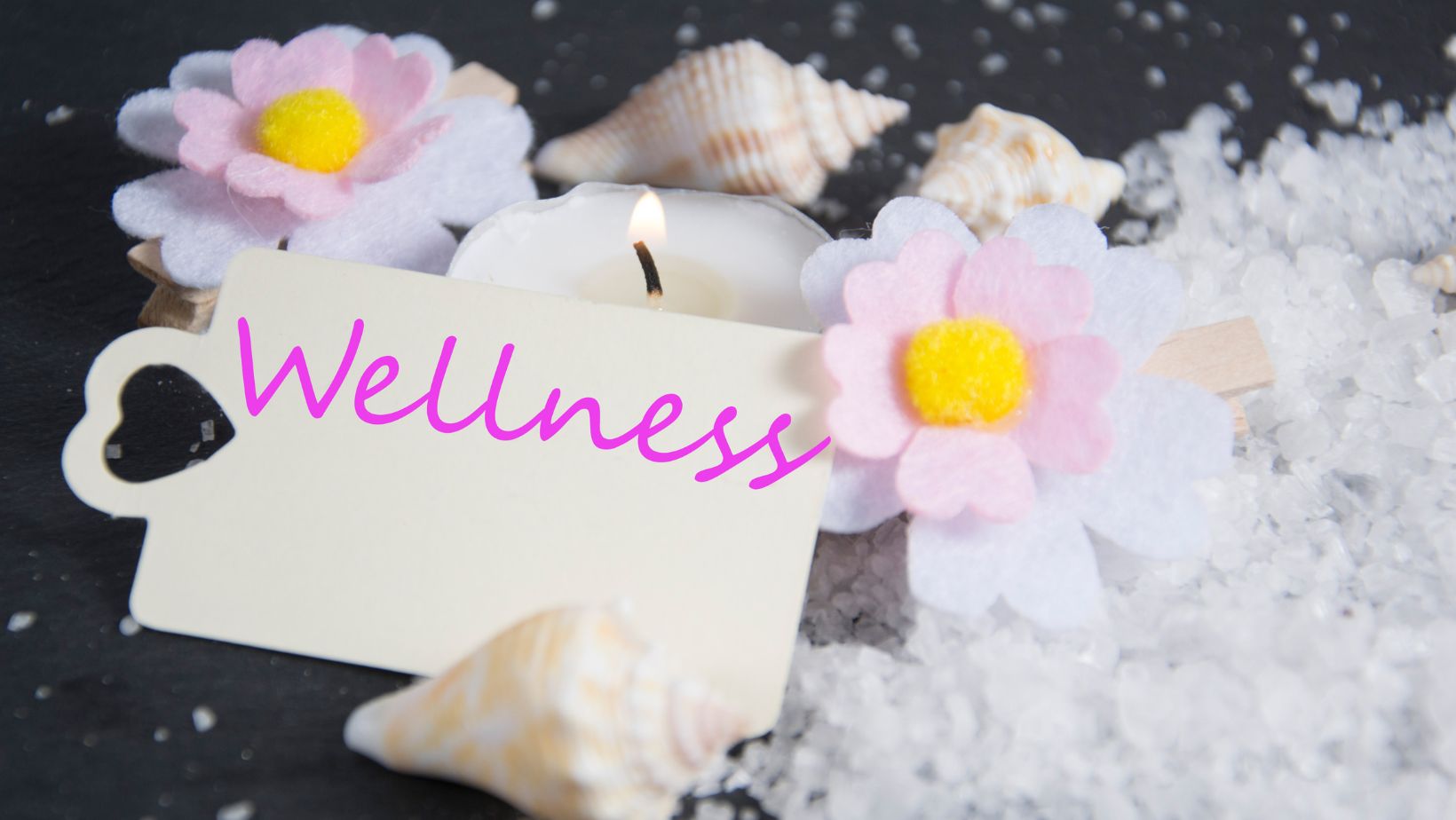We’re constantly inundated with advice about improving our “wellness.” Usually, it’s a ploy to entice us to sign up for a particular fitness regime or convince us to buy a specific supplement. But crafting a sustainable wellness blueprint that will serve you for life requires a journey beyond the basics.
We delve into the ways you can create a comprehensive wellness routine that is functional but always unique and true to you.
Understanding Your Unique Wellness Needs
The core wellness areas are emotional, mental, spiritual, and physical. The key to crafting your wellness blueprint is understanding your needs in each area and setting personal goals for each one.
The path to achieving these goals differs from person to person because each person’s unique needs require unique solutions.
This is behind the rise in popularity of Custom Wellness Strategies. A personalized healthcare strategy considers your individual medical needs, addresses existing health conditions, and helps you prevent illness in the future.
Designing a Holistic Approach
It is important to address all wellness areas because they are interconnected. Research has shown that the state of mind can affect physical health. And vice versa — the health of the body impacts the mental state and psychiatric health.
Understanding this mind-body connection and the role of spirituality and emotional health is key to designing a holistic approach. So, choose activities that complement each other and improve wellness on multiple levels.
For example, a yoga and meditation routine offers physical, mental, and spiritual benefits. It’s the same for hiking and journaling. Engage in activities you enjoy, and your journey to wellness will be easier.
Personalizing Your Nutrition Plan
Cultural/religious factors, food allergies, and health conditions may limit what you can eat. Your lifestyle and food preferences will further shape what you eat. That’s why a one-size-fits-all diet doesn’t work.

Rather than “going on a diet,” focus on meeting your unique nutritional needs with a well-rounded eating plan. Don’t leave your nutritional choices in the hands of social media influencers. They are usually just trying to sell you products.
Consult a nutritionist for help deciding which foods best meet your nutritional needs. And adapt your eating plan to meet your needs, reviewing and revising it when necessary.
Building a Sustainable Fitness Routine
Building a sustainable fitness routine is crucial for your physical well-being. But just as there is no one-size-fits-all diet, no one physical fitness routine works for everyone. So, move beyond standard workouts and explore alternative fitness options. You don’t have to work out in a gym.
You can enjoy many fitness benefits by participating in activities like paddleboarding, surfing, swimming, and other fun watersports.
Prefer to keep your feet on the ground? Hiking in nature is good for the body and mind. Pilates has been shown to improve physical fitness and posture, as well as mental health and overall quality of life.
Align your fitness routine with your lifestyle and interests, and your physical wellness strategy will be engaging, rewarding, and sustainable. You’ll get fit effortlessly, and have fun while doing so.
Mental and Emotional Well-Being Practices
As with physical health, there are different ways to boost your mental and emotional well-being. A strong support system is the best foundation of any mental and emotional health strategy. Build on this foundation through social connections and your preferred self-care routines.
Understand that we all have our own mental and emotional triggers. This is because we have had different life experiences that have shaped our current mental and emotional states.
Learn how to recognize the signs of anxiety and depression, and if you experience these signs, get the professional help you need.
Spiritual Wellness: Finding Your Inner Peace
Although often confused with religious practice, spirituality is not dependent on participation in any particular religion. Indeed, spirituality transcends that and is more about inner peace. This can be attained through prayer and meditation or being out in nature.

Natural surroundings like open green spaces are perfect for deep reflection. But you may prefer to light a candle or incense and meditate or greet the sunrise on your porch in the morning. Simple rituals like these can all enhance spiritual well-being. But always be true to your own heart.
Whatever your belief system, when you align your actions and decisions with your underlying spiritual values, you will feel more at peace.
Tracking Progress and Making Adjustments
Wellness doesn’t just happen, you have to make it happen. And you can, by setting goals, (both short and long-term) within your wellness plan. But be prepared to adapt and evolve as your life circumstances change, and your wellness in specific areas improves.
You may find that one area improves faster than others. It means that you are making progress but now need to shift your focus to other areas of your life. Continued wellness requires tracking your progress, celebrating the small wins, and being willing to adapt to new challenges.
